The pursuit of a brighter, more confident smile has made teeth whitening one of the most sought-after cosmetic procedures in the world. From professional in-office treatments promising dramatic results in an hour to the convenience of at-home kits available at every drugstore, the options are vast. But behind the promise of a whiter smile lies a fundamental question: how do these methods actually work on a chemical level, and what truly separates a professional laser session from an over-the-counter strip? The choice between them is not merely about cost or convenience; it’s a decision that involves understanding the mechanisms of action, the realistic scope of their effectiveness, and the critical management of the tooth sensitivity that often follows.
This article will demystify the science of teeth whitening, providing a clear, comparative analysis of professional laser-assisted whitening and popular at-home methods. We will dissect the chemical reactions that lighten tooth color, evaluate the true effectiveness and limitations of each approach, and provide a comprehensive guide to managing the sensitivity that can accompany the pursuit of a brighter smile.
The Bleaching Chemistry: The Unified Mechanism of Whitening
Despite their vastly different presentations and price points, almost all tooth whitening methods share a common active ingredient: a form of peroxide. Whether it’s hydrogen peroxide or carbamide peroxide (which breaks down into hydrogen peroxide), the fundamental bleaching mechanism is the same.
The enamel of our teeth, while appearing solid, is a micro-porous structure. Stains from food, drink, and tobacco—both extrinsic (on the surface) and intrinsic (deeper within the enamel)—are composed of complex, long-chain organic molecules that are darkly pigmented.
Here’s the universal chemical process:
- Penetration: The peroxide-based gel penetrates the porous enamel.
- Oxidation: The peroxide molecules (H₂O₂) break down into unstable free radicals (oxygen molecules with unpaired electrons).
- Stain Breakdown: These highly reactive free radicals seek stability by attacking the double carbon bonds in the large, dark-colored stain molecules.
- Discoloration Reversal: By breaking these long-chain pigmented molecules into smaller, simpler, and colorless fragments (like water and carbon dioxide), the peroxide effectively “bleaches” the stain. The light now scatters off the tooth structure differently, resulting in a whiter appearance.
This oxidation process is the engine of all whitening, from a dentist’s laser to a drugstore strip. The critical differences lie in the concentration of peroxide, the application control, and the use of adjunctive technologies to accelerate this reaction.
The Professional Powerhouse: Laser and Light-Accelerated Whitening
Professional in-office whitening, often marketed as “laser” or “power” whitening, is designed for speed and maximum results in a single session.
Mechanism and Process:
The core agent is still a high-concentration hydrogen peroxide gel (typically 25-40%). The “laser” or LED light’s role is often misunderstood. It does not itself whiten the teeth. Instead, it acts as a catalyst.
- Activation: The light energy provides thermal and photonic energy that accelerates the breakdown of the peroxide gel into its active free radicals, significantly speeding up the oxidation reaction.
- Dehydration: The process also causes temporary dehydration of the teeth, which increases light refraction and contributes to the immediately dramatic “wow” effect. The color may rebound slightly as the teeth rehydrate.
Effectiveness:
- Speed and Potency: This is the most effective method for achieving significant shade improvement—often 8-10 shades lighter on a dental shade guide—in about 60-90 minutes.
- Handling Stubborn Stains: The high concentration of peroxide, combined with professional oversight, makes it the best option for tackling tetracycline stains or severe fluorosis, though results for these intrinsic stains can be variable.
- Superior Application: A dentist ensures the gums, lips, and cheeks are perfectly isolated with a protective barrier (liquid dam or rubber dam), preventing chemical burns that can occur with improper at-home use.
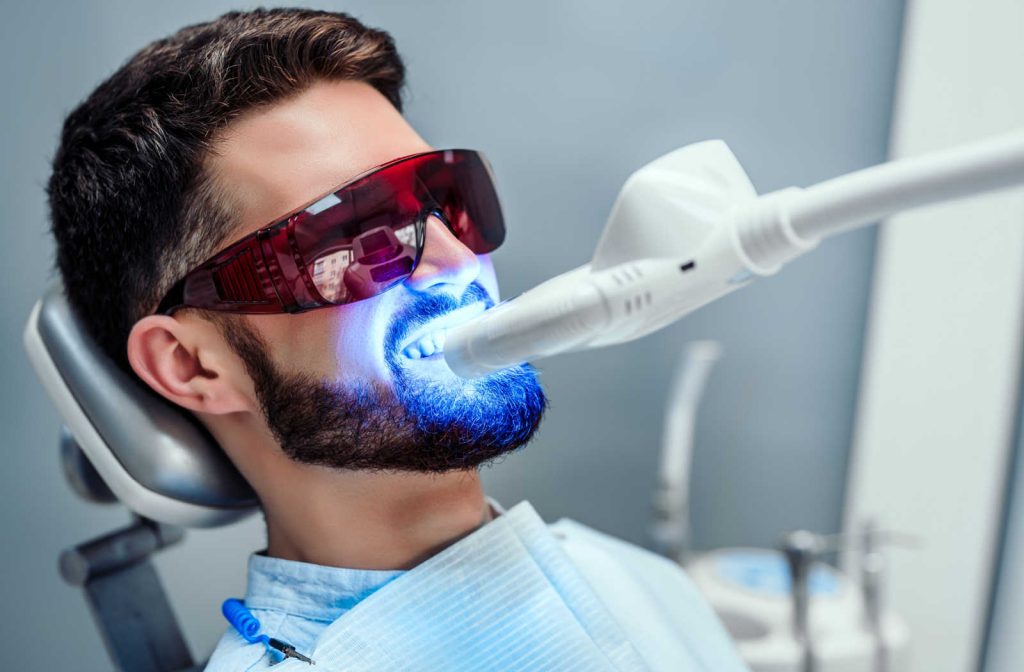
The Gradual Approach: At-Home Whitening Methods
At-home whitening encompasses a wide range of products, including whitening strips, custom-fitted trays from a dentist, and over-the-counter (OTC) trays.
Mechanism and Process:
These methods rely on the same peroxide chemistry but use a much lower concentration of active ingredient (3-10% hydrogen peroxide or a equivalent carbamide peroxide). The key differentiator is time.
- Sustained Contact: Instead of a short, intense burst, at-home methods work through prolonged, sustained contact. Whitening strips or trays hold a low-concentration gel against the teeth for 30 minutes to several hours per day.
- Gradual Oxidation: The lower concentration of peroxide releases free radicals more slowly, breaking down stains over days or weeks rather than hours.
Effectiveness:
- Realistic Results: With consistent use over 1-4 weeks, quality at-home systems can produce excellent results, typically lightening teeth by 2-6 shades.
- Limitations: The lower concentration means they are less effective on deeply set intrinsic stains. Ill-fitting OTC trays can lead to uneven whitening and gum irritation due to gel leakage.
- Custom Trays vs. Strips: Dentist-provided custom trays offer a superior fit, ensuring even gel distribution and minimizing soft-tissue contact, making them more effective and comfortable than one-size-fits-all strips or trays.
The Sensitivity Factor: Managing the Unwanted Side Effect
Tooth sensitivity is the most common side effect of whitening, regardless of the method. It occurs because the peroxide gel can temporarily inflame the dental pulp inside the tooth and increase the permeability of the enamel, allowing external stimuli (cold, heat) to reach the nerve more easily.
Causes and Differences in Sensitivity:
- In-Office Whitening: The high concentration of peroxide and the accelerated reaction often cause more immediate and intense sensitivity, though it is usually short-lived (24-48 hours).
- At-Home Whitening: Sensitivity tends to be milder but can be more persistent throughout the treatment period.
Proactive and Reactive Management Strategies:
- Pre-Treatment Preparation:
- Use Desensitizing Toothpaste: For 1-2 weeks before starting any whitening regimen, use a toothpaste containing potassium nitrate (e.g., Sensodyne, Colgate Sensitive). This helps to calm the nerve inside the tooth.
- During Treatment:
- For At-Home Users: Shorten the application time or skip a day to allow the teeth to recover. “Pulsing” (whitening every other day) is highly effective.
- For In-Office Patients: Dentists often apply a desensitizing agent like fluoride varnish or potassium nitrate immediately after the procedure to seal the tubules and calm the nerves.
- Post-Treatment Care:
- Avoid Temperature Extremes: For 24-48 hours after whitening, avoid very hot or cold foods and beverages.
- Use a Soft-Bristled Brush: Prevent further irritation to the enamel and gums.
- Continue Desensitizing Toothpaste: Use it throughout and after the whitening process.
Conclusion: Choosing Your Path to a Brighter Smile
The choice between laser-accelerated whitening and at-home methods is not about which one is objectively “better,” but which one is better for you, based on your goals, timeline, budget, and sensitivity.
- Choose Professional In-Office Whitening if: You need the fastest, most dramatic results for a special occasion, have stubborn stains, and value having the entire process managed by a professional to minimize risks.
- Choose At-Home Whitening (especially custom trays) if: You prefer a more gradual, budget-friendly approach, have milder staining, and want the flexibility to whiten on your own schedule with a lower risk of intense sensitivity.
Ultimately, both paths leverage the same fundamental chemistry to achieve their goal. By understanding the mechanisms, setting realistic expectations for effectiveness, and proactively managing sensitivity, you can make an informed decision and embark on your whitening journey with confidence, ensuring your path to a brighter smile is both effective and comfortable.

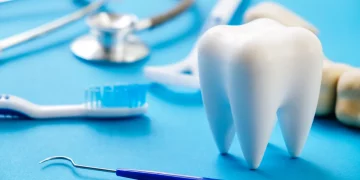



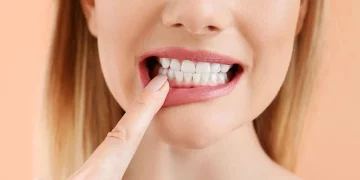
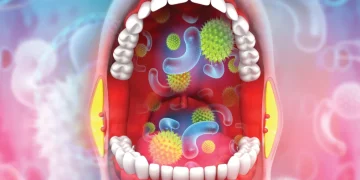
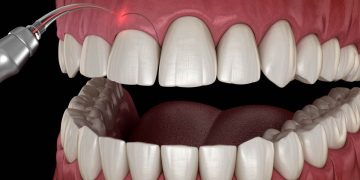
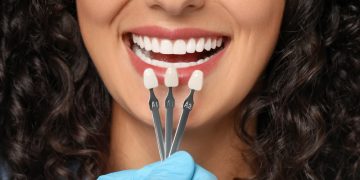
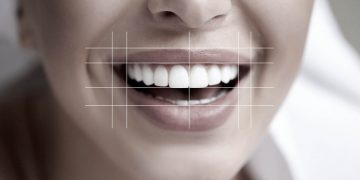
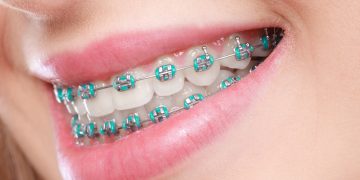
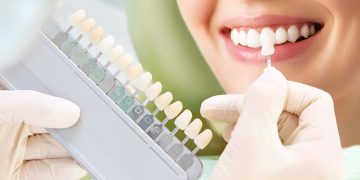
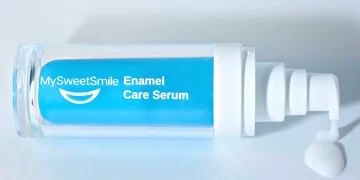

















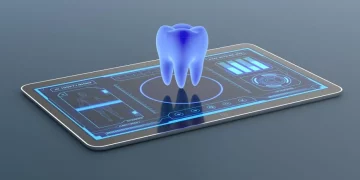
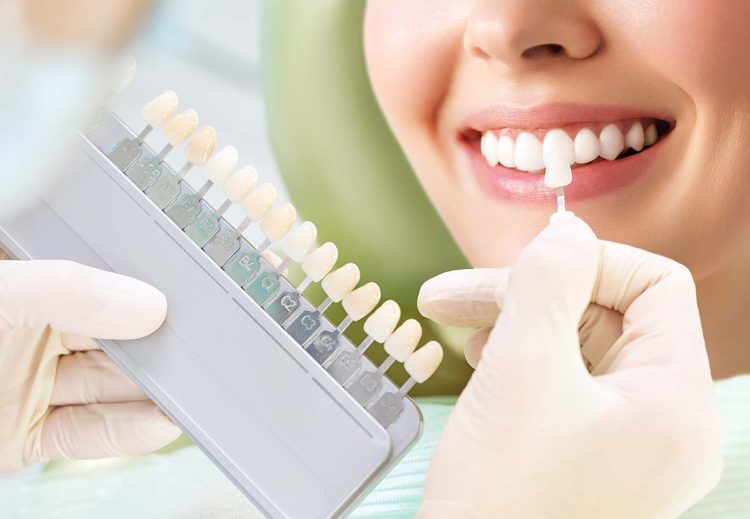













Discussion about this post